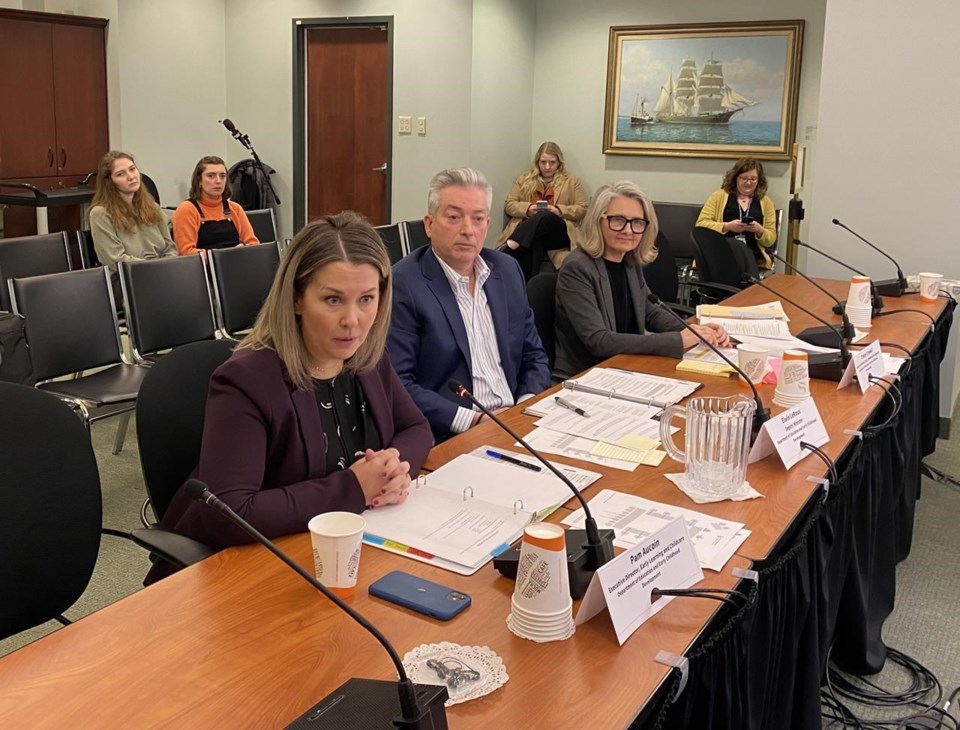HALIFAX — Nova Scotia is on track to create 9,500 new daycare spaces by March 2026 under an agreement with the federal government, Education Department officials told a legislature committee Wednesday.
However, the officials wouldn’t say whether that target would be enough to meet the needs of the province’s growing population.
Deputy minister Elwin LeRoux told the standing committee on public accounts the $605-million daycare agreement was based on the province's population when the deal was signed in July 2021.
With the government's plans to double the province’s population to two million people by 2060, LeRoux said the department knows it needs to do more to meet demand.
Between Oct. 1, 2022, and Oct. 1, 2023, Nova Scotia's population increased by 30,750 people, or almost three per cent — the third fastest year-over-year growth since 1951.
“We believe we would need to continue growing our child care sector to meet the growth of our population as we would in most government agencies and social institutions,” LeRoux said following persistent questioning on the issue by Liberal committee member Brendan Maguire.
Macguire also pointed out that just over 1,000 spaces have been lost in recent years due to the closures of some private sector daycares.
LeRoux said that just over 3,800 new spaces, or 40 per cent of the overall target in the agreement, have been created so far. He told the committee he is confident the department will create 100 per cent of the spaces called for under the deal.
“I can confirm we strongly believe we can hit that target and we have a work plan and a solid foundation being built around that so we don’t only meet the target, we meet it as a sustainable social program that we can rely on,” he said.
LeRoux also confirmed his department will fulfil its pledge to ensure those spaces cost an average of $10 a day by the 2026 deadline.
As of last year, the province had reduced fees by 50 per cent on average since signing the deal with Ottawa.
Pam Aucoin, an executive director with the department, said that as a result of the current reduction for the province’s toddler program, families are saving $400 a month on average, or more than $4,700 a year.
“We know that affordability initiatives are critical,” said Aucoin. “We also have the child care subsidy program … and over 3,000 families access child care at zero dollars a day.”
The officials also said that although there is currently no central wait-list to help manage the daycare system, the department is “exploring” the possibility.
“We want to make sure we do our due diligence … in understanding what options there are to implement something like that,” Aucoin told reporters.
Following the meeting, NDP committee member Lisa Lachance said the government needs to take responsibility for a wait-list in order to help eliminate wait-list fees charged by some independent operators that are currently shouldering that administrative burden.
Lachance said it would also give a snapshot of what’s happening across the system regarding the availability of spaces.
Meanwhile, Maguire told reporters he’s skeptical that 9,500 new spaces will be enough to meet demand in two years’ time.
“That number has to be flexible as the population grows,” he said. “Logically you just know it’s not going to be enough when populations in communities are exploding.”
This report by The Canadian Press was first published Jan. 17, 2024.
Keith Doucette, The Canadian Press



